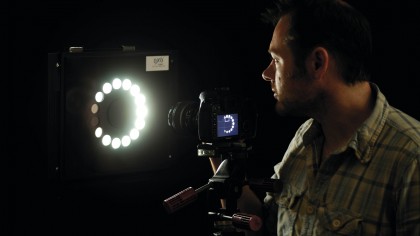Why you can trust TechRadar
Dynamic range is a measure of the range of tones the sensor can capture. Cameras with low dynamic range will often show 'blown' highlights or blocked-in shadows. This test is carried out in controlled conditions using DxO hardware and analysis tools.

Read: Noise and dynamic range results explained
Dynamic range is measured in exposure values (EV). The higher the number the wider the range of brightness levels the camera can capture. This falls off with increasing ISO settings because the camera is having to amplify a weaker signal. Raw files capture a higher dynamic range because the image data is unprocessed.
Panasonic GX80 dynamic range charts

JPEG dynamic range analysis: The GX80's JPEGs occupy the middle group for dynamic range, indicating that they don't have a huge range of tones but there's attractive contrast. Fuji adopts a similar approach with the X-T10.

Raw (converted to TIFF) dynamic range analysis: This chart reveals the true dynamic range of the camera, which is very high up to around ISO3200, after which it drops sharply below the Panasonic G7 and Olympus E-M10 II.
Current page: Lab tests: Dynamic range
Prev Page Lab tests: Resolution Next Page Lab tests: Signal to noise ratio